Our inaugural cohort joined us on 24 September 2019.
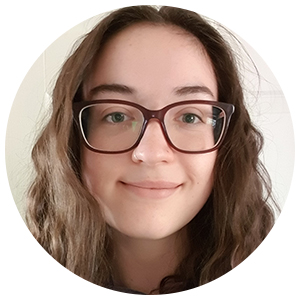
Rachel Clark
My name is Rachel, I am originally from the West Midlands. I graduated from the University of Manchester with a Physics MPhys in 2019. I have always enjoyed experimental physics and condensed matter physics, including semiconductor devices and their optical applications.
My MPhys project focused on the development of a novel characterisation technique for photovoltaic cells, tested on standard Silicon photovoltaic cells, and then extended to research grade perovskite photovoltaic cells. My MSc dissertation title was “Simulating Superconducting Nanowire Single Photon Detectors”.My PhD project is titled “Efficient semiconductor quantum light sources” and involves the fabrication and characterising of single photon sources for developing metrological standards. The project is supervised by Professor Anthony Bennett and supported by the National Physical Laboratory, the UK’s national standardisation institution, where I am undertaking a 3-month placement in my final year.
Outside of work I love videogames and puzzles, practising French and quizzing.
* Rachel completed her PhD in 2023 and is now working as a Postdoctoral Research Associate in quantum optics at the University of Bristol since 2024.
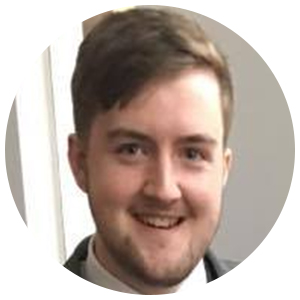
Tristan Burman
Hi, my name is Tristan and I’m from Ferndale in the Welsh Valleys. Thanks to my grandfather I have had an interest in physics from a young age and went on to study physics, maths and product design at A-Level.
Since then I graduated from Cardiff University with a master’s in physics (MPhys) focusing on programming and semiconductors in my final years. My final year project was to create an easy to use program to solve the Schrodinger Equation for semiconductor heterostructures. This program was able to simulate heterostructures under a bias, superlattices and determine overlap integrals between energy states.
Between graduating and starting the CDT program I undertook a summer placement with SPTS Technologies developing Python tools to speed up the analysis of the data files produced by their equipment.
My PhD project “Developing fabrication processes for optoelectronic integration” aims to etch and characterise compound semiconductor laser to determine the effect of facet roughness on device performance. These processes are required for large-scale manufacture of high-quality optoelectronic circuits. This project is supported by SPTS Technologies and supervised by Professor Peter Smowton.
As for other interests, I enjoy experimenting with electronics, going to see comedians, spending time with friends and all things tech.
* Tristan completed his PhD in 2023 and, since 2024, has been working as an Etch Process Engineer at SPTS Technologies Ltd, a KLA company—his PhD industrial partner.
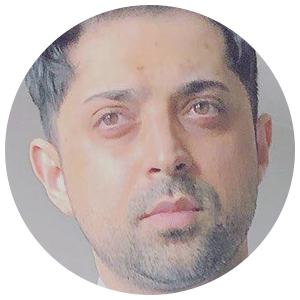
Seyed Urman Ghozati
Hi, my name is Seyed. I have a B.Eng. degree in Electronics and an initial M.Sc. degree in Electrical Power Engineering from Northumbria University. I also completed a second M.Sc. degree in Compound Semiconductor Electronics at Cardiff University in 2020, where I am currently pursuing a PhD at the Centre for High-Frequency Engineering (CHFE). My research project, under the supervision of Dr Roberto Quaglia and Dr Jonathan Lees, focuses on “Microwave tunable reflective termination with high power handling.” Through this project, I aim to propose practical solutions to address reflection and matching issues in power amplifiers by utilizing III-V microwave switches as low-loss tunable reflective loads.
While I have gained considerable experience in design and fabrication, my current research interest revolves around device characterization and modelling at high frequencies.
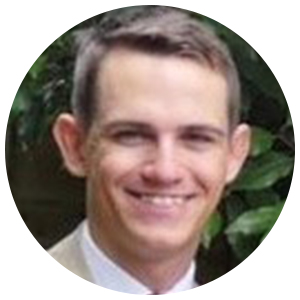
Cobi Maynard
Hi, I’m Cobi. I’m originally from Bath. I studied the four-year MPhys Physics course at Cardiff University.
My PhD project is entitled “Semiconductor Integrated Photonics Manufacture and Characterisation” with Dr Daryl Beggs. It entails developing the design, manufacture and non-invasive optical characterisation of compound semiconductor photonic integrated devices. This project is partly funded by Newport Wafer Fab, where the devices developed will be compared to Silicon on insulator (SOI) integrated photonic devices.
For my undergraduate MPhys research project I investigated Gallium Nitride (GaN) nanowires grown via Molecular Beam Epitaxy (MBE) for optoelectronic devices. These nanostructures were analysed using Scanning Electron Microscopy (SEM) and Reflection High Energy Electron Diffraction (RHEED) experimental techniques.
During my undergraduate degree I was an Officer Cadet in the Universities of Wales Air Squadron, a committee member of the Chaos (Physics) society, and on the University Clay Pigeon Shooting Team. I am currently a member of the Feminist Society and the Hiking Society.
* Cobi completed his PhD in 2025 and is currently working as a Graduate Trainee Business Analyst at Sapiens.
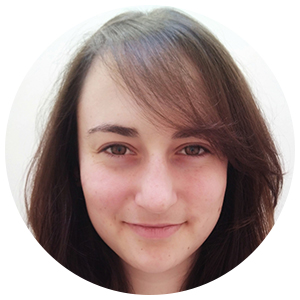
Paradeisa O’Dowd-Phanis
Hi, I’m Paradeisa. I grew up in Cyprus but I am half Irish and have always dreamed of studying in the UK. I completed my undergraduate degree at Cardiff University, where I was involved in the Broadway Dance Society and the yoga society.
My PhD project is titles “Setting LWIR state of the Art using T2SL detectors (LIRA)” with Dr. Manoj Kesaria. The focus of the project is developing the next generation of high performance infrared imaging systems using type-II InAs/InAsSb SuperLattice (T2SL) as the device absorption region. It is partially funded by Leonardo MW.
My undergraduate project involved modelling the refractive index of compound semiconductors (CS) using python, subsequently, applying these models in Lumerical’s mode solution in order to create CS waveguides.
In my spare time I like to dance, draw and practice calligraphy.
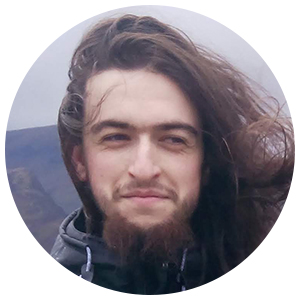
Bogdan Ratiu
I grew up in a small Romanian town deep in the mountains, a stone throw away from Dracula’s castle. I came to the UK to study physics and completed a Physics with Computer Science BSc degree at Sheffield. Then as part of the CDT I finished a MSc in condensed matter physics.
The areas of study I’m most interested in include optoelectronics, III/V on Si integration and computational physics. The MSc project was on quantum dots on InP substrates for Si integration. The project involved studying how the growth parameters of quantum dots and the device structure influenced the performance of the device.
My PhD project is about studying tunnel epitaxy, a technique similar to aspect ratio trapping but which traps dislocations in all three dimensions. We hope we can achieve defect free mismatched growth on sillicon using this technique. The main supervisor for this project is Dr. Qiang Li, and the industrial partner is Rockley Photonics.
Aside from that, I enjoy gaming, hiking, baking and tabletop games.
* Bogdan completed his PhD in 2023 and has been working as a Research Associate at Cardiff University since 2024.
Join us
The Centre for Doctoral Training is currently funded for five intakes, from 2019-2023. If you would like to join us, visit our how to apply page and get in touch if you have any questions.